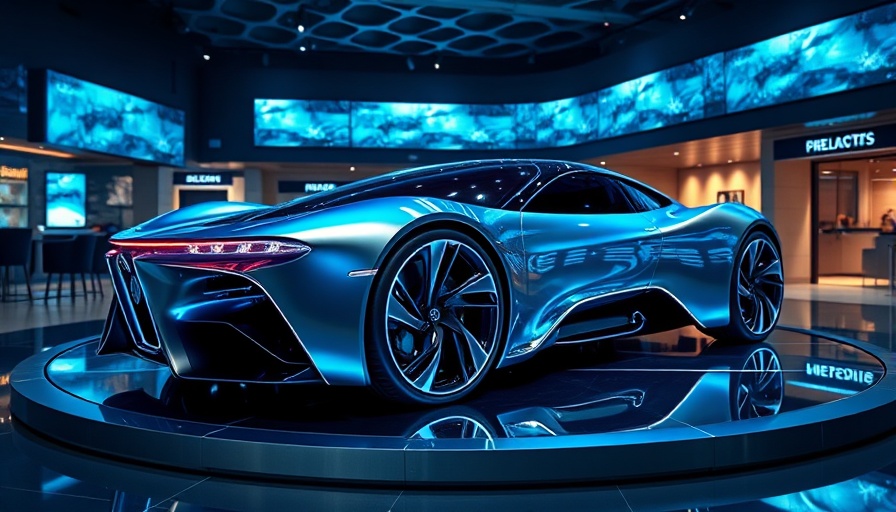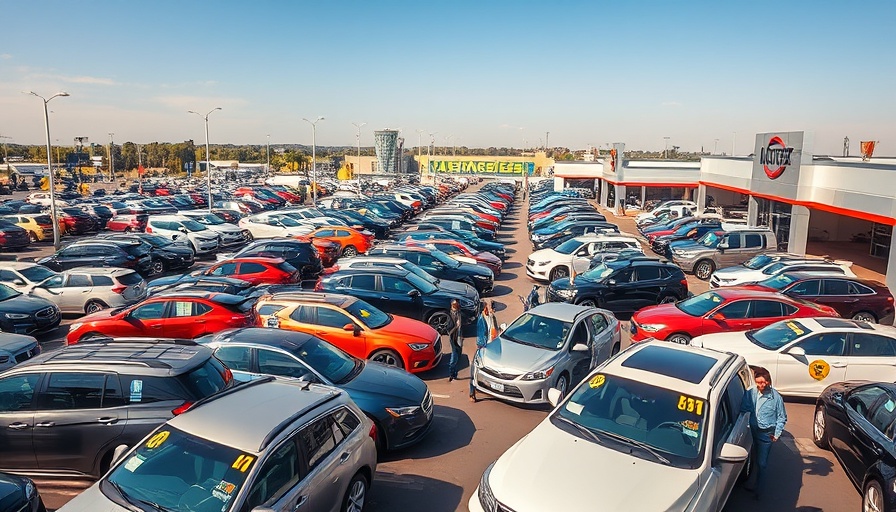
Understanding the Future of Automotive Procurement
The automotive industry is on the verge of a significant shift in how vehicles are sourced and produced. As we head into 2025, traditional procurement strategies are being challenged by a complex global economy and changing trade dynamics. Historically, automakers have maximized efficiencies through global sourcing, but recent geopolitical tensions and trade barriers are forcing them to reconsider.
From Cost Efficiency to Trade Stability
Previously, the goal for procurement teams was to seek the best-landed cost, which prioritized finding the lowest price for parts, often from suppliers around the world. However, as of 2025, this model is evolving to favor what is termed 'most trade-insulated' costs. This means that automakers are now focusing on sourcing materials and components in a way that shields them from tariffs and trade complications, even if it comes with a slightly higher price tag. These changes emphasize the need for a flexible procurement strategy that adapts to shifting global conditions, particularly in North America.
Rethinking Inventory Management
Another major trend impacting the automotive sector is the reevaluation of Just-in-Time (JIT) inventory management. JIT has allowed manufacturers to minimize costs by reducing stock levels and enhancing efficiency. However, unexpected events—often labeled as 'Black Swan' occurrences—have illuminated the vulnerabilities of this approach. The current environment of rising tariffs and unpredictable supply chain disruptions requires OEMs to build larger inventories of critical components to guard against potential shortages. Greater buffer stock will enable companies to better manage unforeseen delays and continue operations smoothly.
A Future of Adaptability
As automotive procurement strategies evolve, the focus must shift toward adaptability and resilience. Companies that can blend cost considerations with strategic sourcing within stable trade environments will undoubtedly fare better in 2025 and beyond. This transformation will require ongoing innovation and a willingness to embrace new ways of sourcing parts, ensuring that automakers remain competitive in a rapidly changing landscape.
 Add Row
Add Row  Add
Add 




 Add Row
Add Row  Add
Add 

Write A Comment